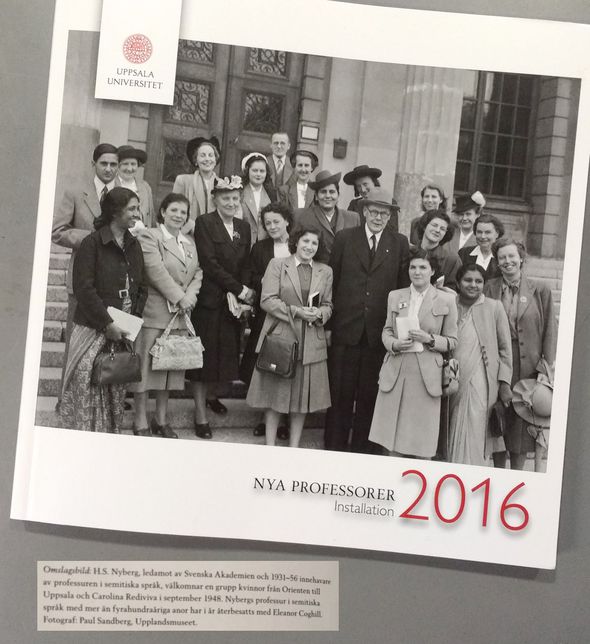Is the level of competition among researchers in astronomy dialled in to the right amount? This is a question that came up among collegues yesterday. It was formulated less general, more like "Is there too much competition?"
I think I am not alone in having the gut reaction of answering "of course, it is too much!". I generally avoid competition and don't think I am good at it. In addition though, it is bad taste to admit being competitive and we sure want to appear pleasant to our peers, so how much can we trust the answers to such a question? I don't even have intentional deception in mind here, but the disconnect between the truly-believed positive self-image and actual behaviour.
In any case, there was a little ad-hoc questionnaire sent around and I might as well put my answers here as well, in bold and as comments below.
A small questionnaire on Competition in Science
There is a considerable, and probably strengthened, competition in science today as regards getting jobs, as well as in financing and getting other resources for research projects. Among scientists there are different opinions on the effects of this [... and] I would need some guidance from you as regards this, and therefore I ask you to fill in this questionnaire.
Jobs. The competition in the career for jobs is
- much too tough
- tough
- adequate
- too mild
- COMMENT: This is not a monotonous scale; the two I marked are both true at the same time.
Resources (financing etc). The competition for resources is
- much too tough
- tough
- adequate
- too mild
- COMMENT: Same as before. For both jobs & resources the equilibrium depends not on absolute funding, but on how many are made to share the pie. Less competition means somehow allowing fewer to succeed so that the ones who do have more of the pie left. So our willingness to work in poor conditions and salaries (because of intrinsic motivation/interest) means the opposite, more share the pie and compete for limited resources.
Effects of competition. The present competition
- guarantees that the quality of science is high, smaller competition would lower it
- lowers the quality of science, smaller competition would increase it
- generates considerable cheating, forgery of data, plagiarism, etc.
- no effect on quality if competition changes
- COMMENT: Cannot answer. Strongly depends on how “smaller competition” would look like. Also the third option is less a function of “amount” of competition than of its “kind” (e.g. if you only count H-factor, then ppl will optimize it by salami-tactics).
The competition
- affects the wellbeing of most scientists negatively
- affects the wellbeing of most scientists positively
- COMMENT: It might still be worth it though.
The competition
- attracts good young scientists
- scares good young scientists away from science
- does not affect the recruitment positively or negatively
- COMMENT: The two first are true at the same time again. Different people get selected, both “kinds” can be good.
OTHER COMMENTS?
The sociology of scientists is not well understood by ourselves. We are as unwilling to admit to being motivated by “wanting to look good” in the eyes of peers as anybody else, but everything is shrouded in the code of pretending that scientific results are the only thing that matters.
Chesterton’s fence comes to mind also. One should only be allowed to change something if one first understands why it is the way is right now. I think most of us have a too simplistic and personally-coloured picture on this topic to pass that criterion.
